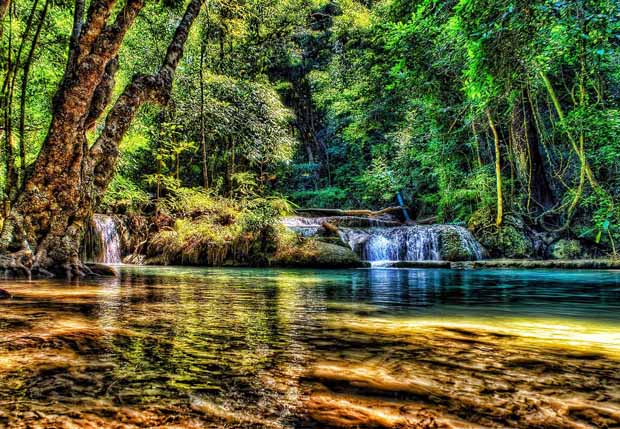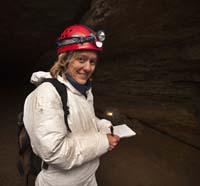“An age-old conflict around a seemingly simple question has resurfaced: why do we conserve nature? Contention around this issue has come and gone many times, but in the past several years we believe that it has reappeared as an increasingly acrimonious debate between, in essence, those who argue that nature should be protected for its own sake (intrinsic value) and those who argue that we must also save nature to help ourselves (instrumental value).” Nature
Bridging the Conservation Divide
By Michelle Nijuhuis writing for The New Yorker Magazine
[dropcap]E[/dropcap]arly last month, two prominent biologists wrote a comment in the journal Nature in which they addressed one of their field’s central questions: Should we conserve nature for nature’s sake, or for our own? Recent debate over that question, they wrote, had become so vitriolic that it was “stifling productive discourse, inhibiting funding and halting progress.” Noting that many of the loudest voices belonged to men, the authors of the article—Heather Tallis, the lead scientist at the Nature Conservancy, and Jane Lubchenco, a professor of marine biology at Oregon State University and a former administrator of the National Oceanic and Atmospheric Administration—called for the development of a “unified and diverse conservation ethic,” one that would welcome a wide range of philosophies and do away with “gender and cultural bias.” The same week, Emma Marris, the author of the book “Rambunctious Garden,” and Greg Aplet, the senior science director for the Wilderness Society, made a similar appeal in an opinion piece in the Times. “No matter which reason motivates you most, working together and using a diversity of approaches is far better than inaction or squabbling,” they wrote.
The squabbling—the most recent phase of it, at least—began more than two years ago, when Peter Kareiva, the chief scientist for the Nature Conservancy, and Michelle Marvier, an environmental-studies professor at Santa Clara University, in California, published a paper titled “What Is Conservation Science?” It reëxamined an influential 1985 article by the biologist Michael Soulé, which had defined conservation biology as a “crisis-driven discipline” dedicated to safeguarding biodiversity regardless of its value to humans. Kareiva and Marvier argued that now, more than a quarter century after its founding, the field needed a framework that took human welfare into account. “We do not wish to undermine the ethical motivations for conservation action,” they wrote. “We argue that nature also merits conservation for very practical and more self-centered reasons concerning what nature and healthy ecosystems provide to humanity.”
Some in the conservation community welcomed these arguments, and understood them as an acknowledgement of the need to expand the conservation agenda, especially as climate change threatens the effectiveness of traditional nature reserves. But the tone of the paper was blunt. “Some realism is in order,” Kareiva and Marvier concluded. “Given the magnitude of human impacts and change, conservation cannot look only to the past. Instead, it must be about choosing a future for people and nature.”
Soulé, who is now seventy-eight, did not take kindly to these statements, which he perceived as an attempt not simply to expand the conservation mission but to transform it. With the global population expected to reach nine billion by 2050, he said, the “human-friendly vision” proposed by Kareiva and Marvier left little room for biodiversity.



